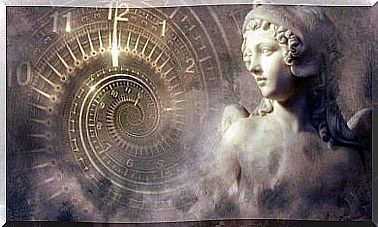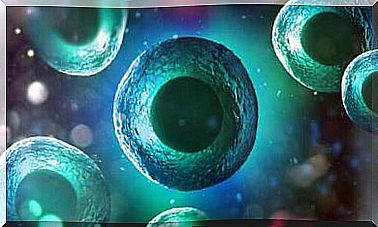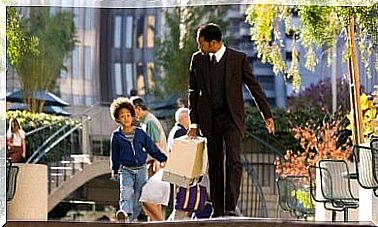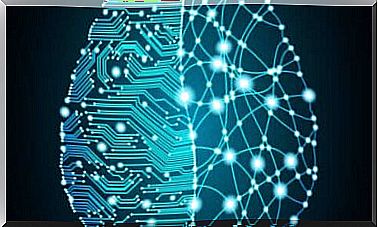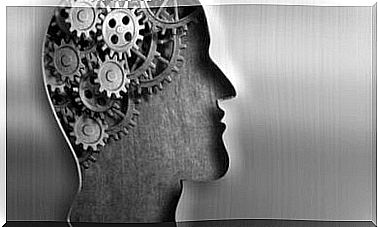Different Ability: New Perspective On Disability
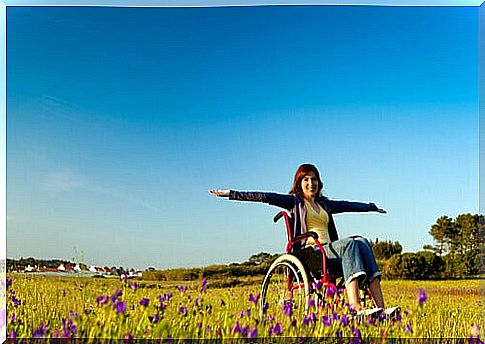
Disability is due to multiple causes, related to genetics or events that mark the person’s life. Throughout history, numerous models have been presented to explain it. In this article we will talk about the different skill model.
Before talking about the concept of different abilities and its usefulness, it is necessary to understand its history. In this way we will get an idea of how the conception of society regarding people with disabilities has evolved. In this journey, we find different models: from the demonological one to the modern perspective of the different ability.
The historical principles of disability
The concept of disability has evolved with us throughout history. The cultural, medical, technological and social factors of each era influenced its definition and expectations.
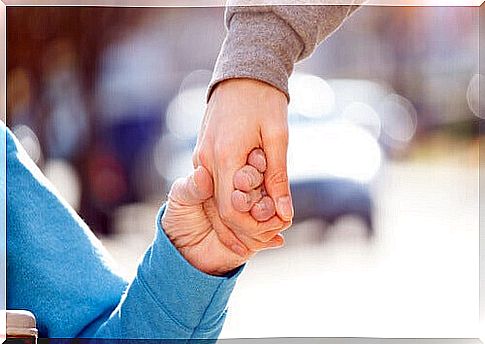
In the Middle Ages, disability was conceived as a punishment from the gods. It is a demonological model, in which everything that presented an alteration with respect to normality was like that because it was possessed by evil or the devil. People with disabilities were locked up or isolated at best; they were sometimes killed to keep them away from the rest of the population and to prevent evil from spreading.
The organicist model, on the other hand, reached its peak in the twentieth century, despite its origins going back to Hippocrates and Galen. It is a model based on physical and organic pathology. If a person suffered from disability, it was due to a defect in the body. Thanks to this model, disabled people began to be seen as individuals to be cared for and protected. They lost autonomy and independence, as institutionalization was the only possibility of receiving treatment.
Modern models on different skills
In the postwar period, due to the multiple consequences of the war itself, society faced an increase in the rate of disability and somehow had to accept the challenge of reintegrating these people into society; in this context the socio-environmental model is born. His vision sees people with disabilities as social individuals destined to return to normal life. The treatment proposed in this era consists in the creation of technical aids so that disabled people can interact with their surrounding environment in the best possible conditions.
Nowadays we are based on a rehabilitation model of disability. We consider the individual as active, autonomous and independent, involved in a rehabilitation process and motivated to social participation as a full-fledged citizen. A great deal of weight is given to professionals, but little attention is paid to the environmental factors that cause this handicap situation.
For this reason, the perspective of the integrative model was born as a response. In this model, the focus is no longer on how to change the person to adapt to normality. Disability is seen as a different ability and a possible lack of adaptation would simply be the logical consequence of a refusal on the part of the context in which it must take place. This model seeks to put an end to favoritism towards normality by putting the emphasis on difference and not on lack.
What is the different skill?
The concept of different abilities comes into play to put an end to the idea that people with disabilities suffer from a disorder that “immobilizes” them. It is society that characterizes such individuals as disabled people.
The danger lies not only in the categorization and its connotations, but also, and above all, in the fact that it is society itself that imposes these conditions to which the person with disabilities cannot adapt. It is a constructivist idea, easy to understand by the following statement: if the whole world were blind, being blind would no longer be a problem: society would adapt the environment to blindness.
It is society that excludes individuals with different abilities from “normality”, since it does not create products, resources or tools that are accessible to them. This exclusion has a certain pragmatism, due to the fact that it is more convenient to take the majority into consideration than to think about the universality of the population. But by doing this, we are the ones creating crippling problems for individuals who shouldn’t suffer from it.
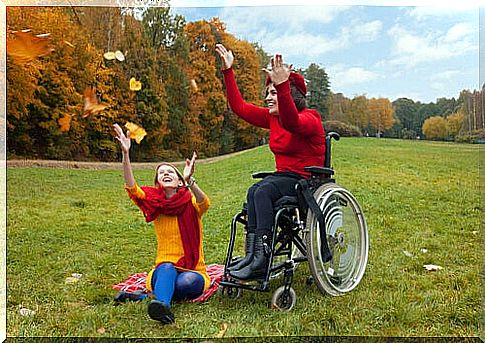
Universal Design
In this context, the idea of Universal Design was born, a term coined by the architect Ronald L. Mace. This term encompasses the idea that the creation of products should not be done thinking of the “normal” majority and then adapt it to others. When we design our world, we must take into account the totality of existing individuals.
Universal Design is made up of seven fundamental principles:
- Fairness or fair use: it must be capable of being used by people with different skills and abilities.
- Flexibility or flexible use: must satisfy a wide range of people, with different tastes and abilities.
- Simplicity or simple and intuitive use: the method of use must be simple to understand and learn.
- Perceptibility: it must communicate the information necessary in an effective way for its use.
- Error tolerance: must minimize possible unwanted accidents and unforeseen adverse consequences.
- Containment of physical effort or use with minimum fatigue: it must be able to be used effectively and comfortably with minimum fatigue.
- Sufficient measures and spaces: must have appropriate measures for approach, access and use.
Today we are still a long way from this perspective. However, walking towards this Utopia of Universal Design can help us eliminate disability from the world. This would result in a considerable improvement in the quality of life for many people currently excluded from an autonomous and independent existence.


